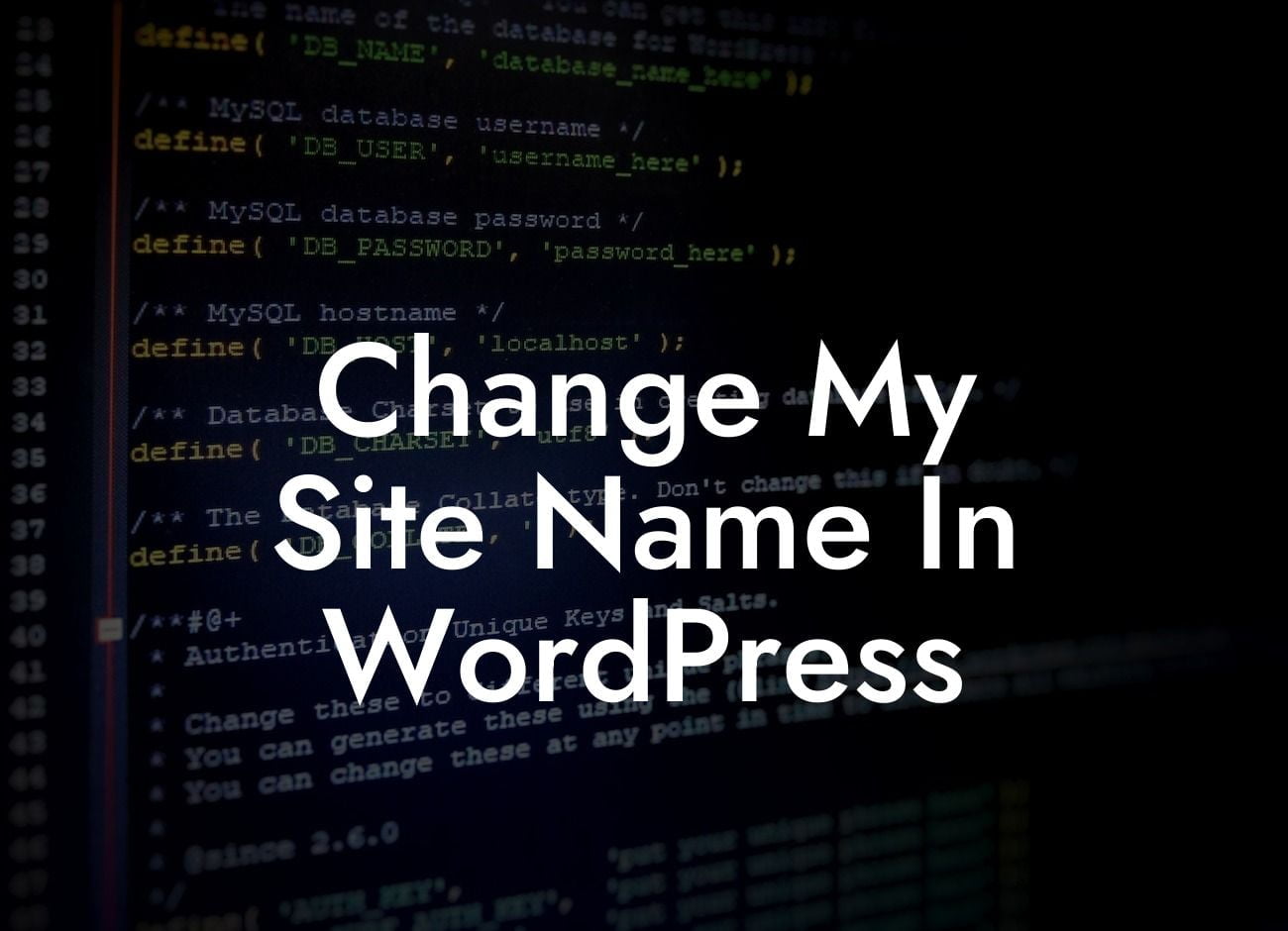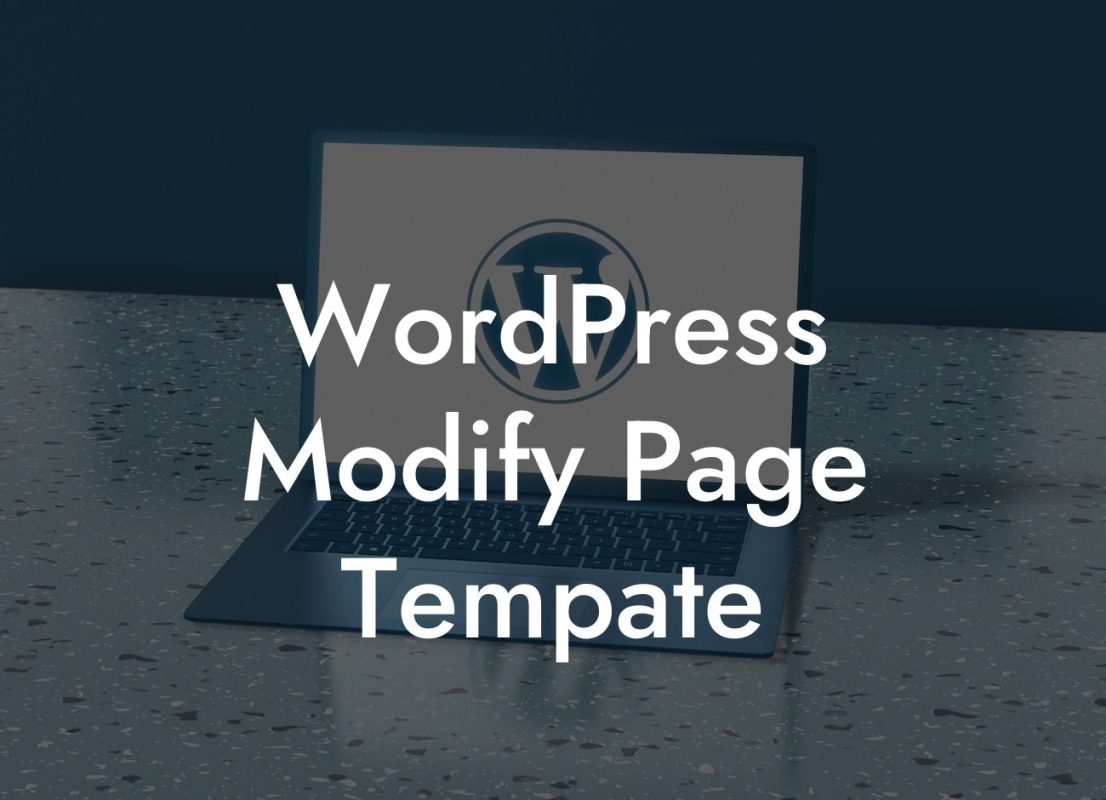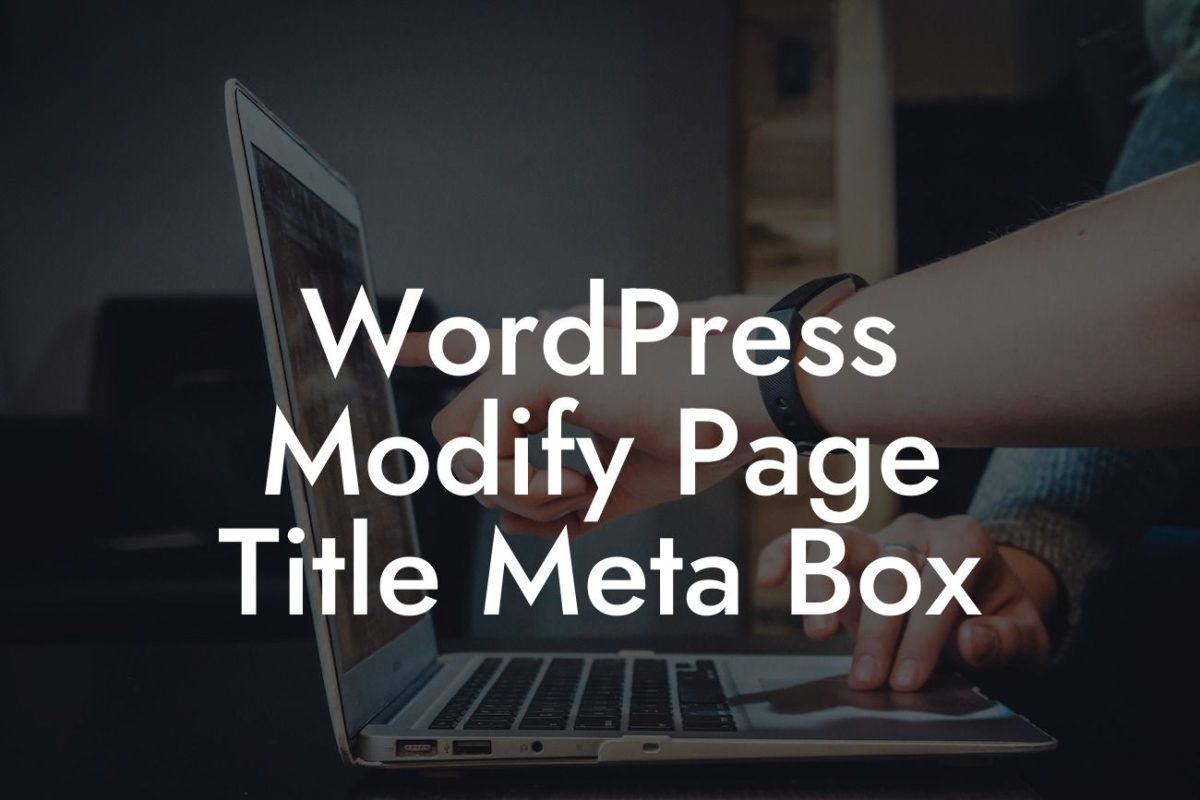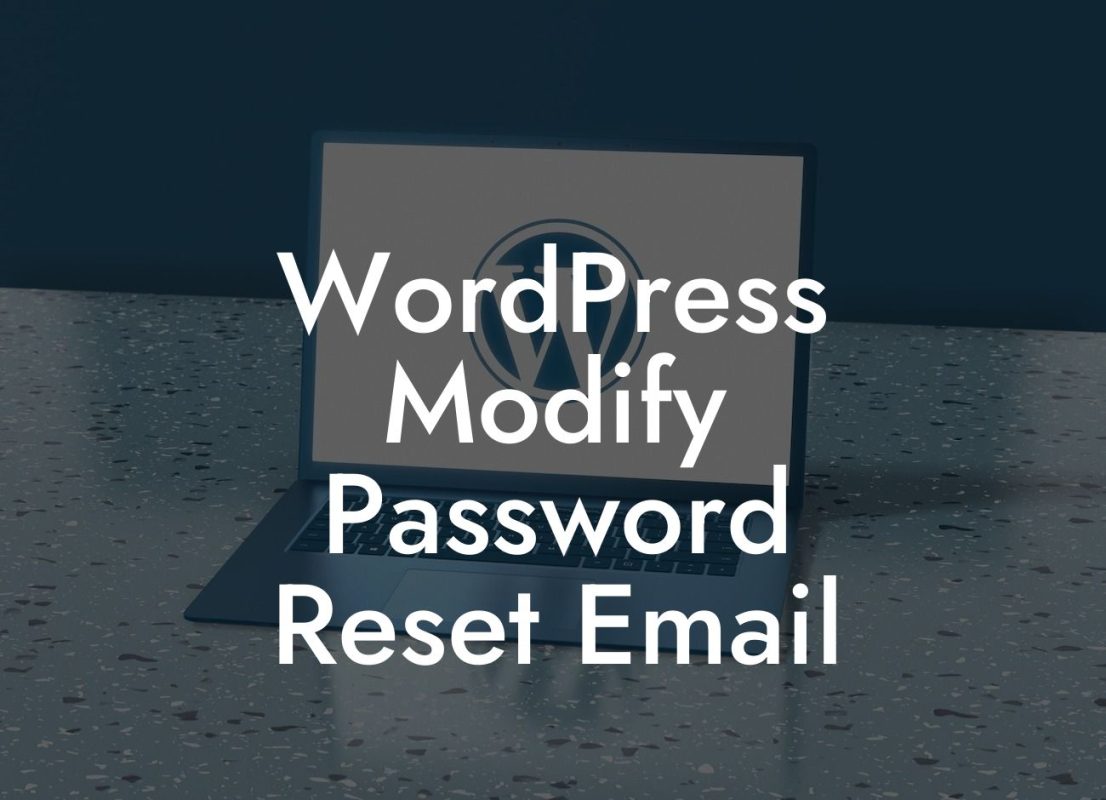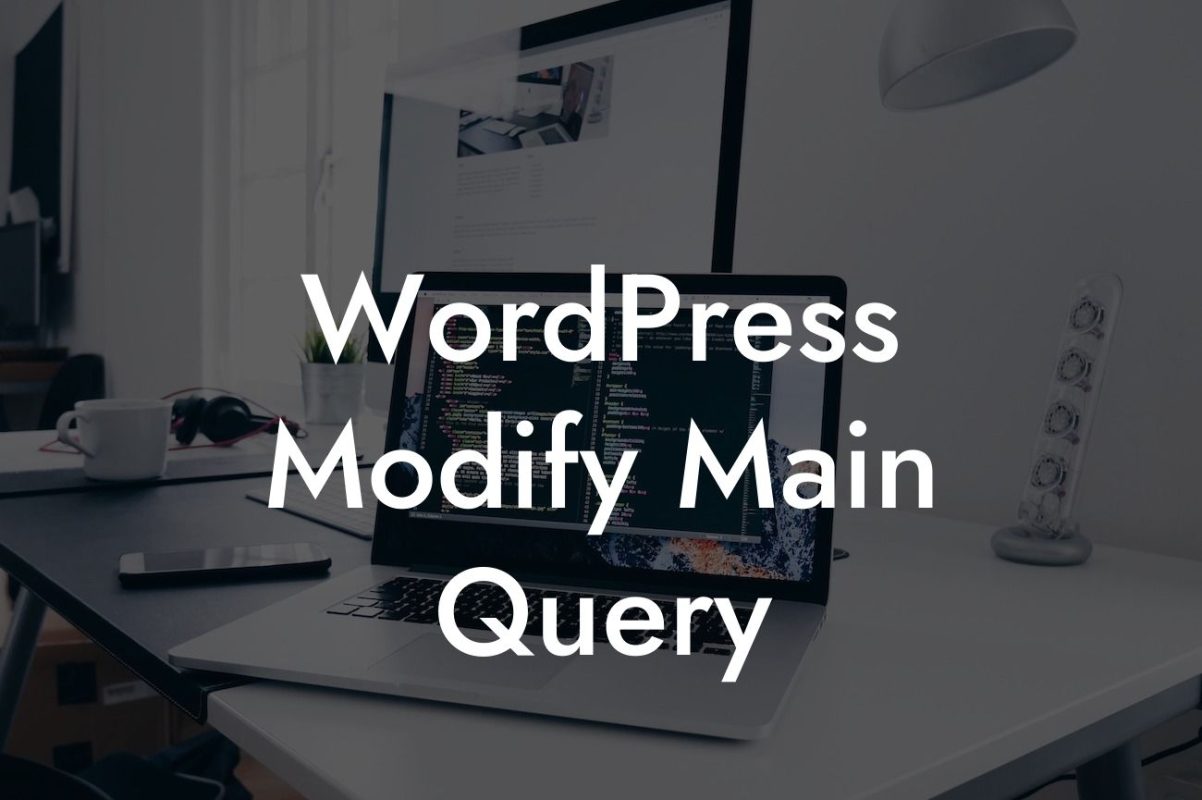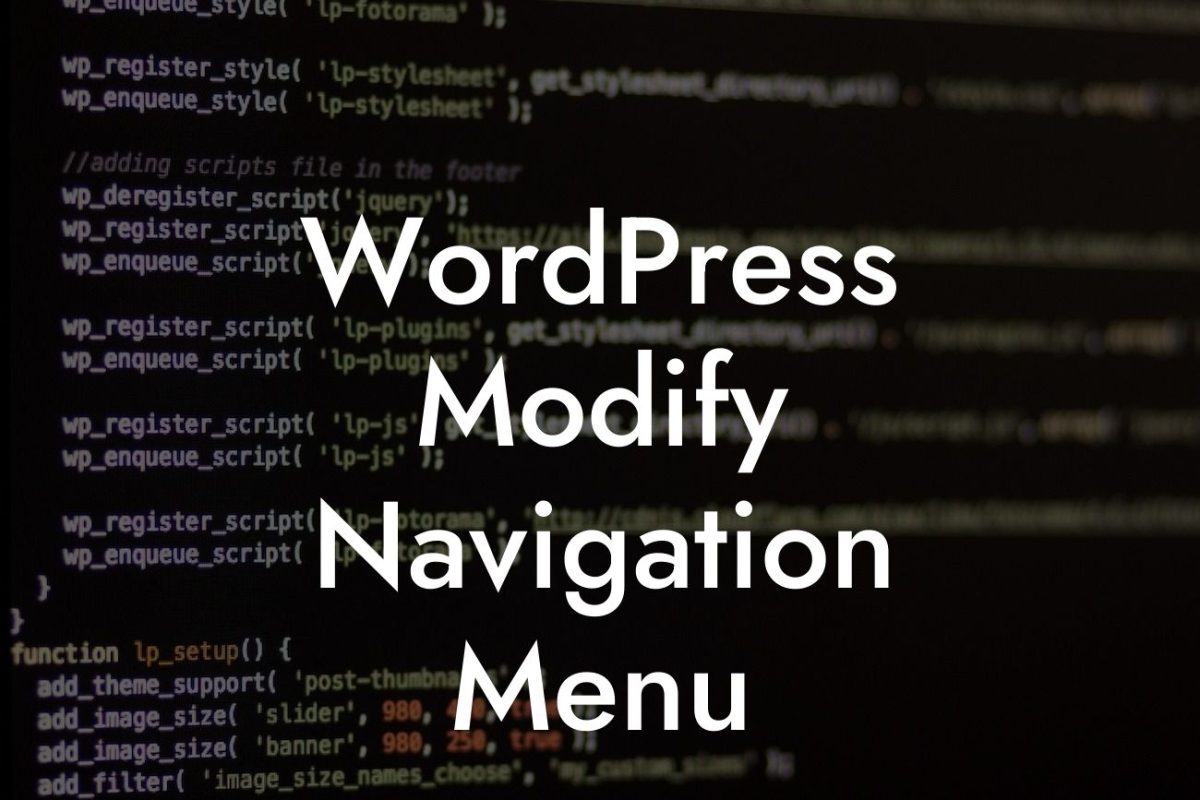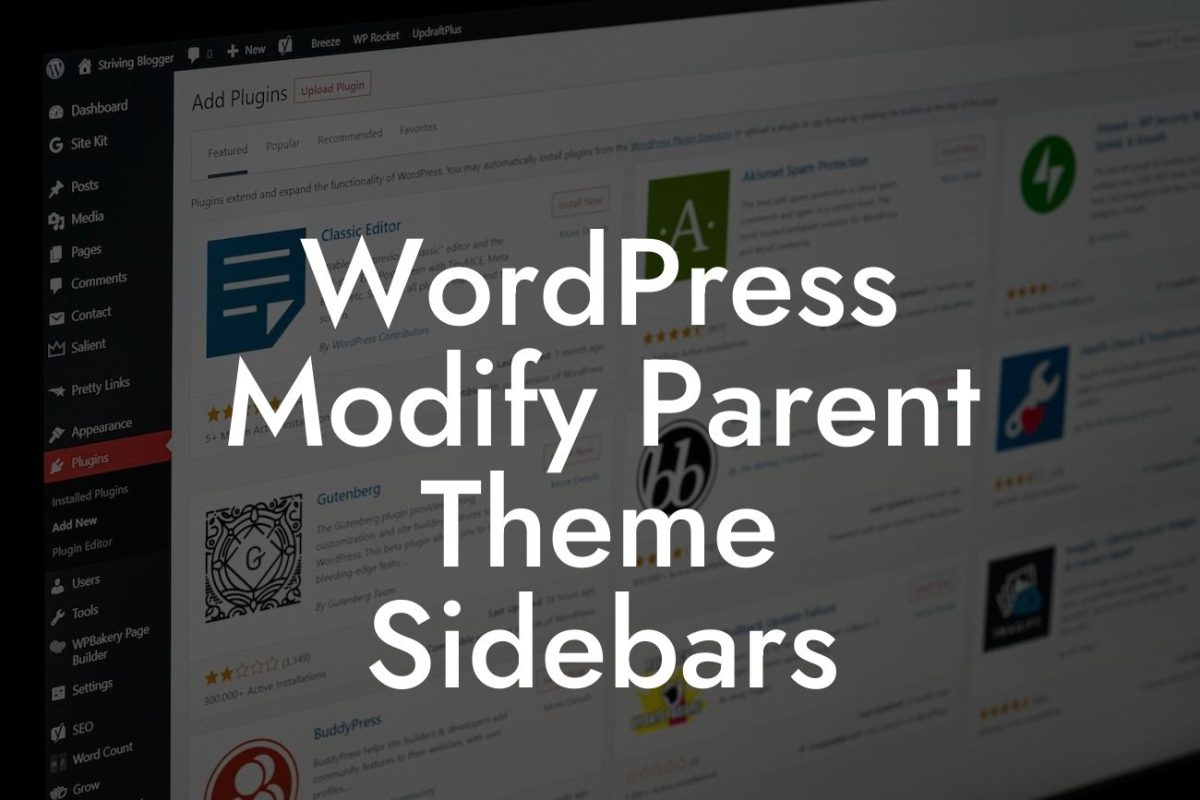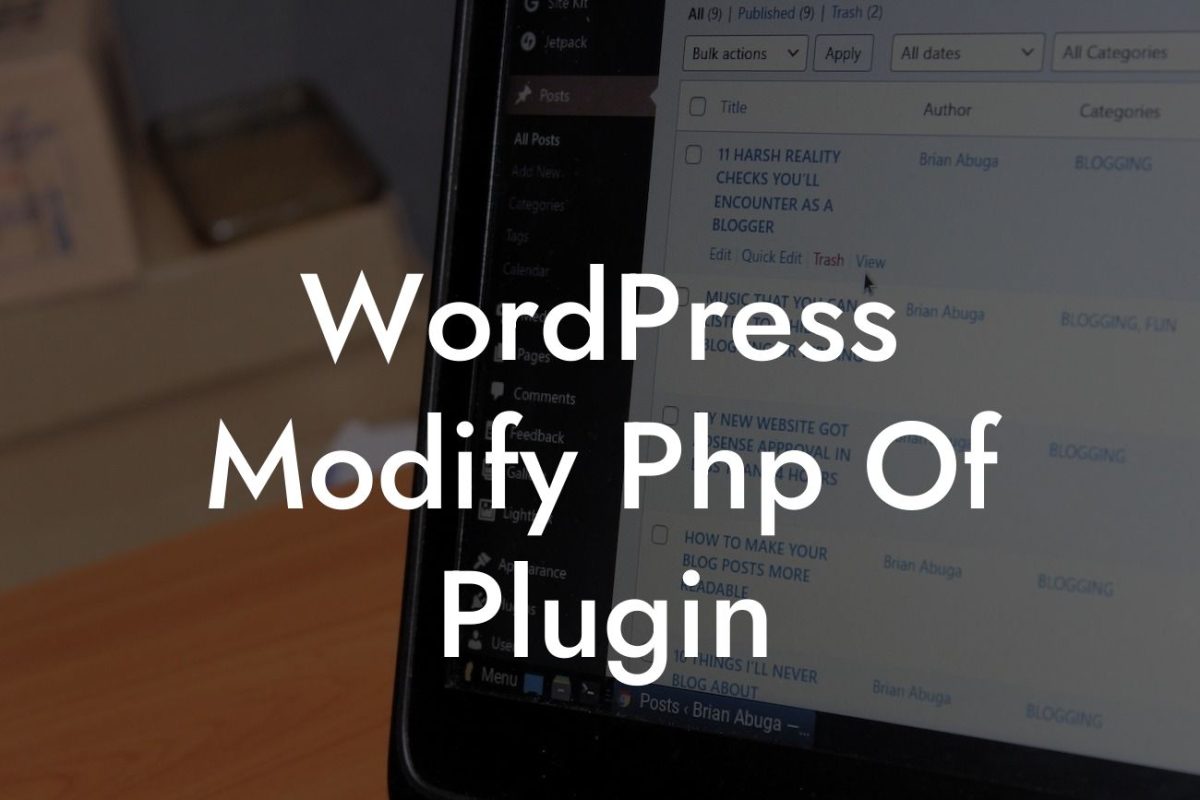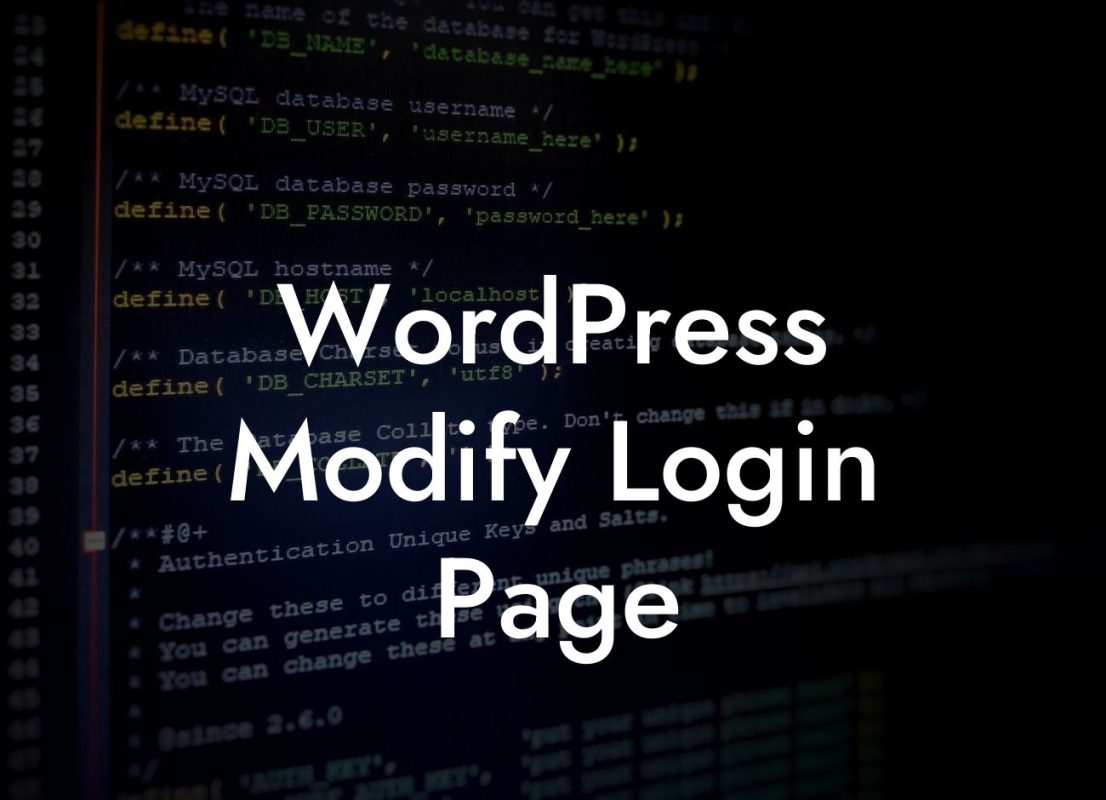Changing the site name in WordPress can seem like a daunting task, but fear not! In this guide, we will provide you with a step-by-step process to redesigning your site's identity. Your site's name plays a crucial role in establishing your brand and attracting your target audience. By following the instructions outlined in this article, you can effortlessly transform your online presence and supercharge your success. Get ready to say goodbye to your old site name and embrace the extraordinary with DamnWoo!
Engaging Headline: Why Change My Site Name?
One of the fundamental reasons to change your site name is to match your evolving brand and business goals. A well-thought-out site name helps to improve user engagement, increase brand recognition, and ultimately drive more traffic. However, it's crucial to consider the potential impact of changing your site name, including SEO implications, backlinks, and social media profiles. Let's dive into the details:
1. Back Up Your WordPress Site
Before making any changes, it's essential to create a backup of your WordPress site. This ensures that you can revert to your previous version if anything goes wrong during the renaming process. We recommend using dependable backup plugins like DamnWoo's BackupBuddy to keep your entire site safe and secure.
Looking For a Custom QuickBook Integration?
2. Choose a New Site Name
Selecting a new site name can be exciting and challenging at the same time. Brainstorm potential names that align with your brand, target audience, and business objectives. Ensure it is memorable, descriptive, and relevant to your industry. Take advantage of DamnWoo's PluginFinder, which suggests suitable plugins based on your site's area of focus.
3. Update Your Site Name in WordPress Settings
To change your site name in WordPress, go to the Settings menu and select General. Locate the Site Title field, and update it with your new name. Don't forget to save your changes!
4. Update Your WordPress Theme
Some WordPress themes display the site name in the header or footer. Therefore, it's necessary to update your theme settings to reflect the new name. Check your theme's customization options or consult the theme developer's documentation for specific instructions.
5. Redirect Old URLs
Changing your site name may result in broken links and outdated URLs. To maintain your SEO rankings and ensure a smooth transition for your audience, implement 301 redirects. This redirects users and search engines from the old URLs to the new ones. With DamnWoo's Redirection Manager, you can easily set up and manage your redirects effortlessly.
Change My Site Name In Wordpress Example:
Let's imagine you own a small business called "Wanderlust Travels" and decide to rebrand as "Adventurous Escapes." After meticulously considering the new site name's impact on your business, you follow the steps outlined above. By utilizing DamnWoo's backup plugin, BackupBuddy, you create a secure backup of your site. Then, you update the Site Title field in WordPress settings and adjust your theme accordingly. Lastly, with the help of Redirection Manager, you set up redirects, ensuring a seamless transition from the old site name to the new one.
Congratulations! You successfully changed your site name in WordPress, taking a significant step towards enhancing your online presence. Remember to share this guide with others who might benefit from it. Explore DamnWoo's other helpful guides to further optimize your WordPress site's performance and functionality. Don't forget to try our awesome WordPress plugins specially designed for small businesses and entrepreneurs. Embrace the extraordinary with DamnWoo!
[CTA] Try DamnWoo's WordPress plugins today and elevate your online presence!

